The Palaeoecological research unit first emerged as part of the Department of Geography and Environment in the 1970s and encompasses strong interdisciplinary links with Archaeology, Biology History, and Geology.
Our research uses a combination of geological and biological evidence from fossil deposits to reconstruct and better understand long-term changes to environment, landscape, and climate, with links to human activity during prehistory and early history. A particular focus has been upon human-environmental interactions. This includes not only what environments can tell us about past societies and their responses to periods of social and environmental change, but also how societies have impacted upon the environments they once lived in.
Staff within this theme possess expertise in a wide range of palaeoenvironmental techniques including:
- Palaeoenvironmental techniques:
-
- Palynology (the study of fossil pollen)
- Plant macrofossil analysis
- The use of non-pollen microfossils (eg testate amoebae, fungal spores, microscopic charcoal)
- Peat geochemistry
- Stable isotopes
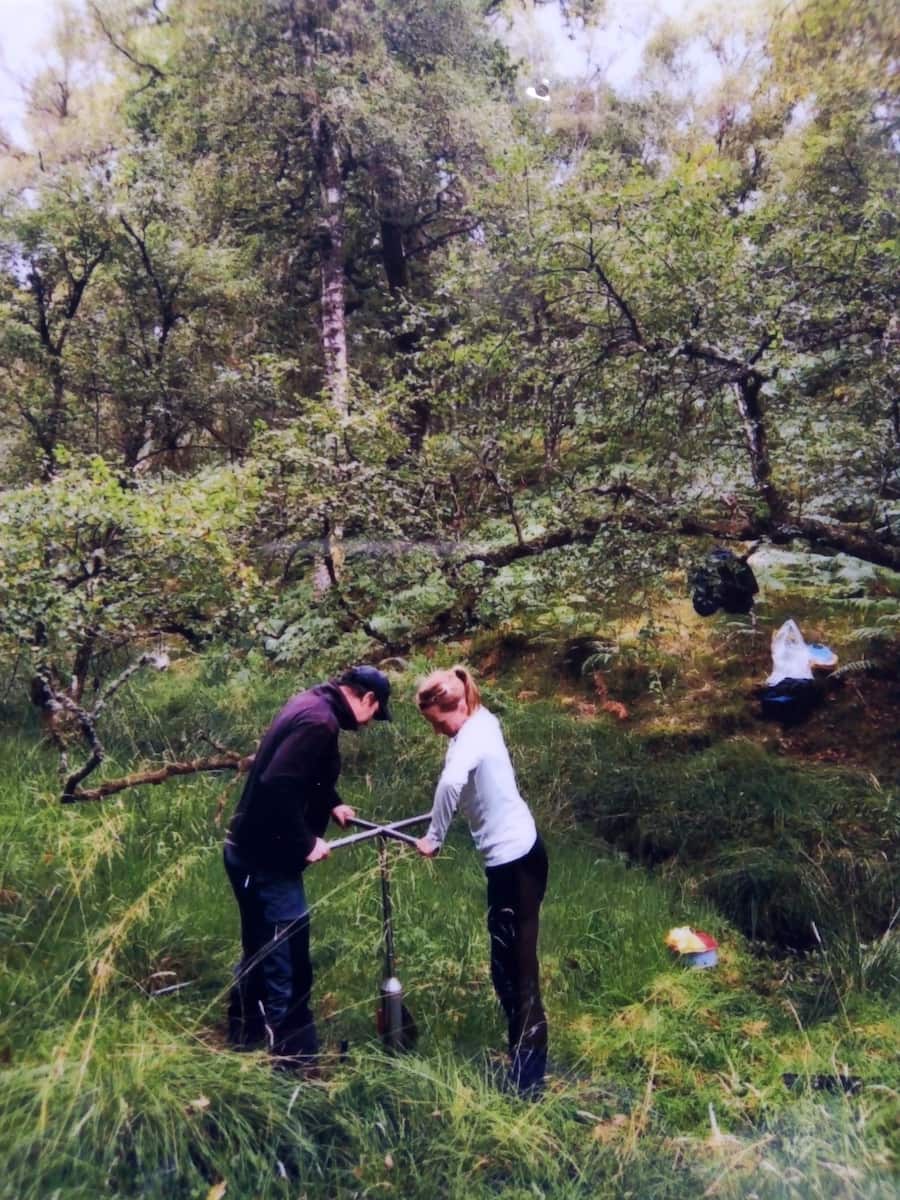
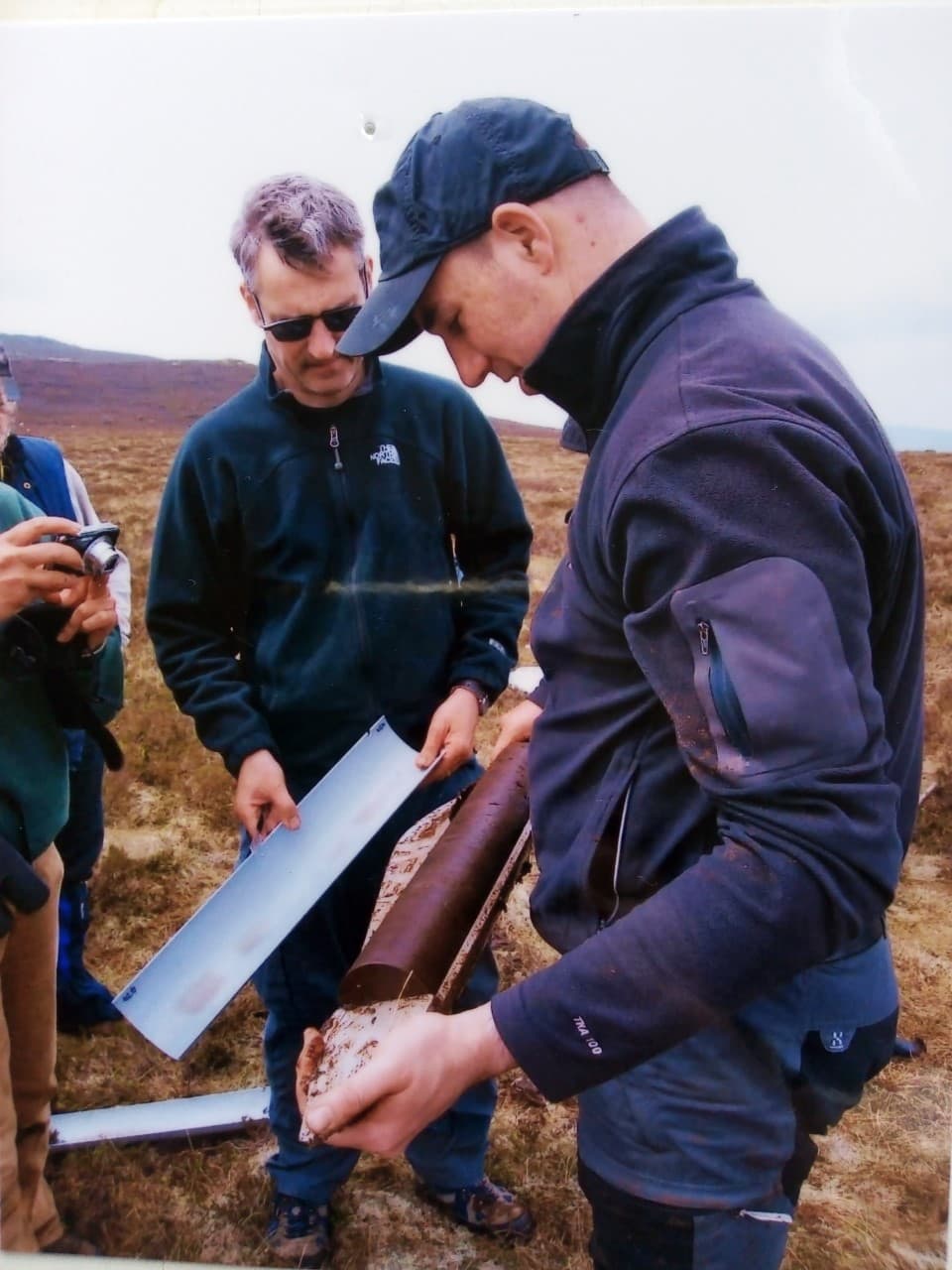
Extracting sediment cores for palaeoenvironmental analysis
The range of palaeoenvironmental techniques that we use are supported through the development of geochronologies which are established largely through radiocarbon (14C) and lead (210Pb) dating. Geochronologies show the age of samples and allow us to reconstruct how past environments have changed through time.
Over the last two decades or so, the greater part of the palaeological research has had a geographical emphasis upon Scotland, the North Atlantic, and Scandinavia. Our research however, also covers a much wider geographical area including Spain, South Africa, South America, Russia and the Falkland islands.
Some examples of our recent research projects:
1. The Falkland Islands
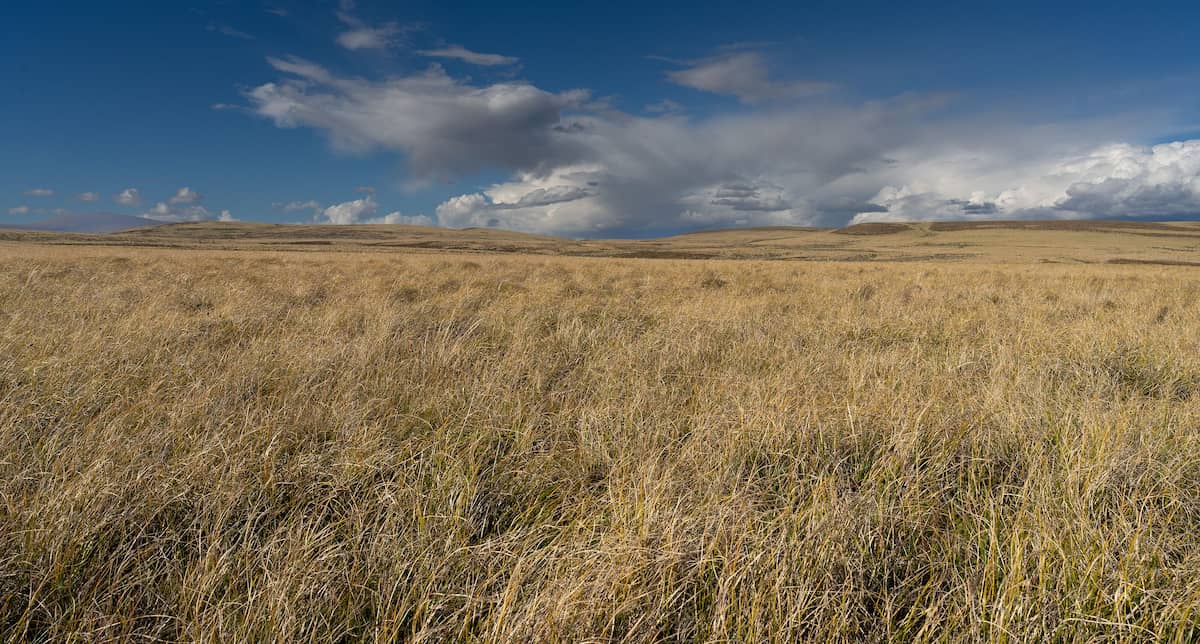
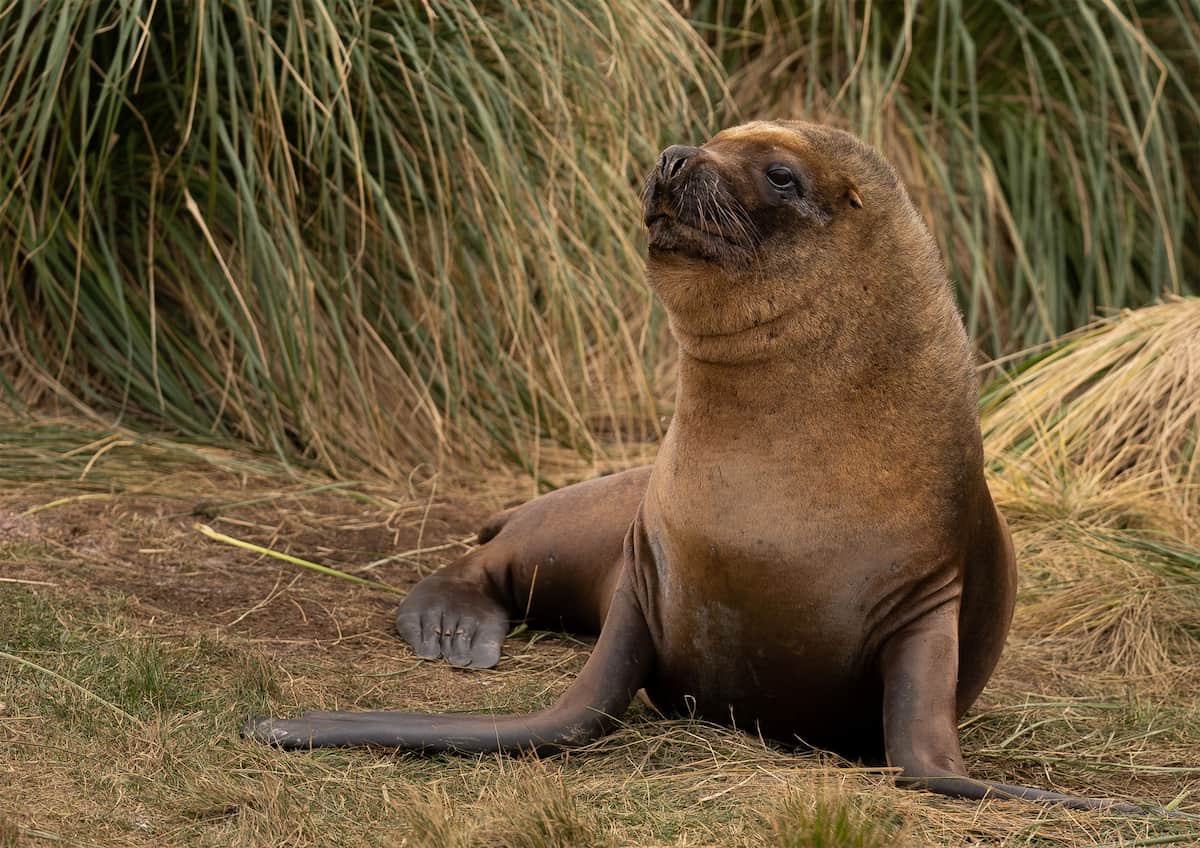
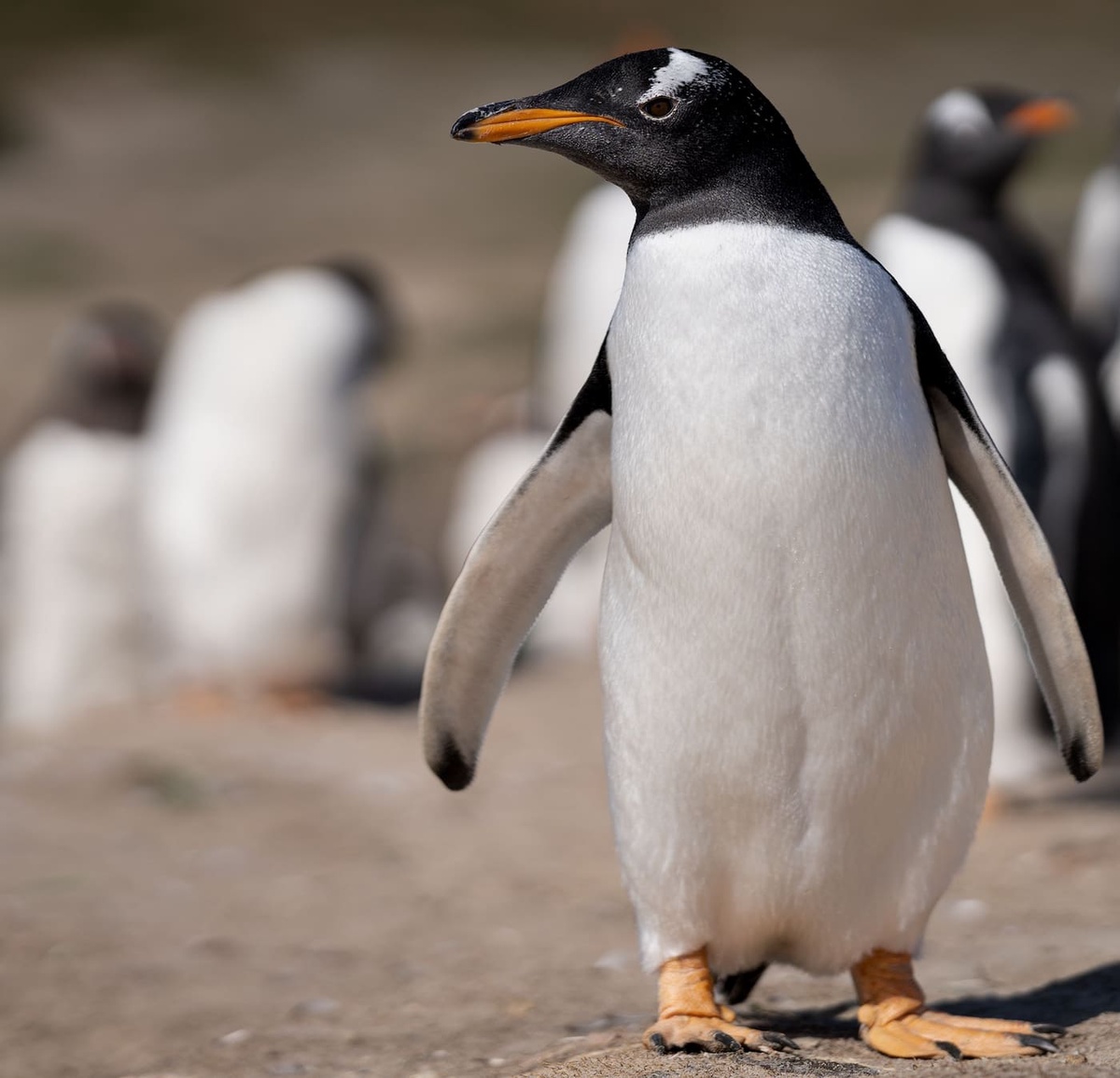
Photos: Views across a Falkland peat bog and some of the island residents - a sealion and gentoo penguins.
Sediment samples were extracted from the Falkland islands for macrofossil, testate amoebae , charcoal and carbon content analysis as part of a Leverhume funded project entitled 'Falkland Island peatland as a mirror to understand Future European peatlands'. Directed by Dr. Dmitri Mauquoy. Peatlands are valuable ecosystems which take up and store carbon, mitigating the effects of climate change by taking greenhouse gases out of the atmosphere. One of the consequences of recent climate change and human disturbance is that peatlands are now becoming more fire prone due to drainage, higher summer temperatures and reduced precipitation. The aim of this project is to understand the relationship between long-term peatland carbon accumulation rates, burning disturbance, the types of former peat forming plants and climate change across the Falkland Islands. The analysis will help us to understand not only the impacts of climate change to Falkland peatlants but also how such peatlands in the Northern Hemisphere may likely change in the future.
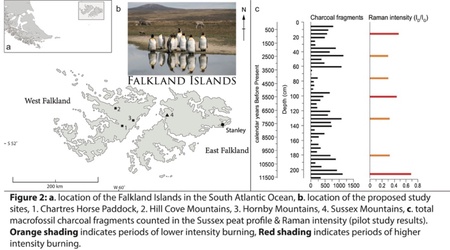
Map of the proposed study sites on the Falkland Islands and results from a pilot study
2. The Island of Mull - Inner Hebrides western Scotland
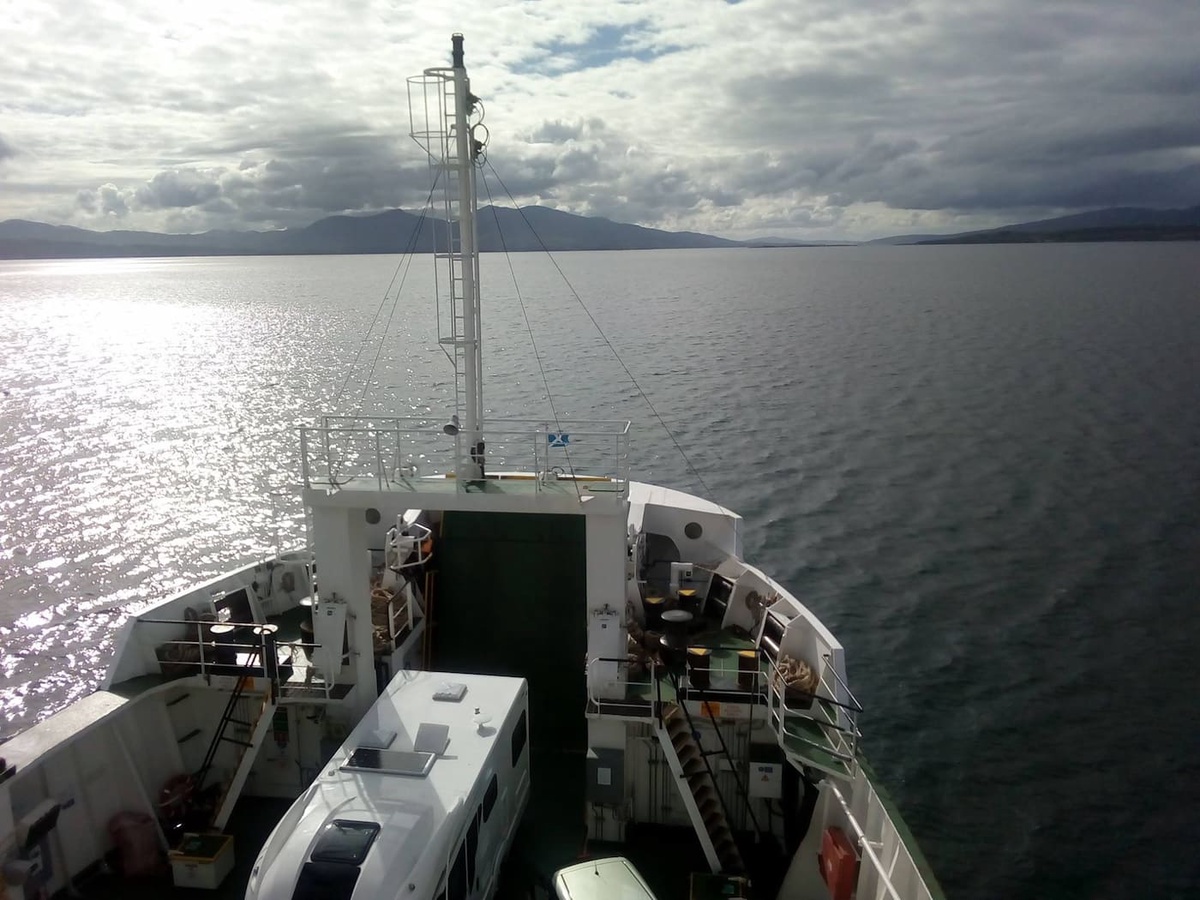
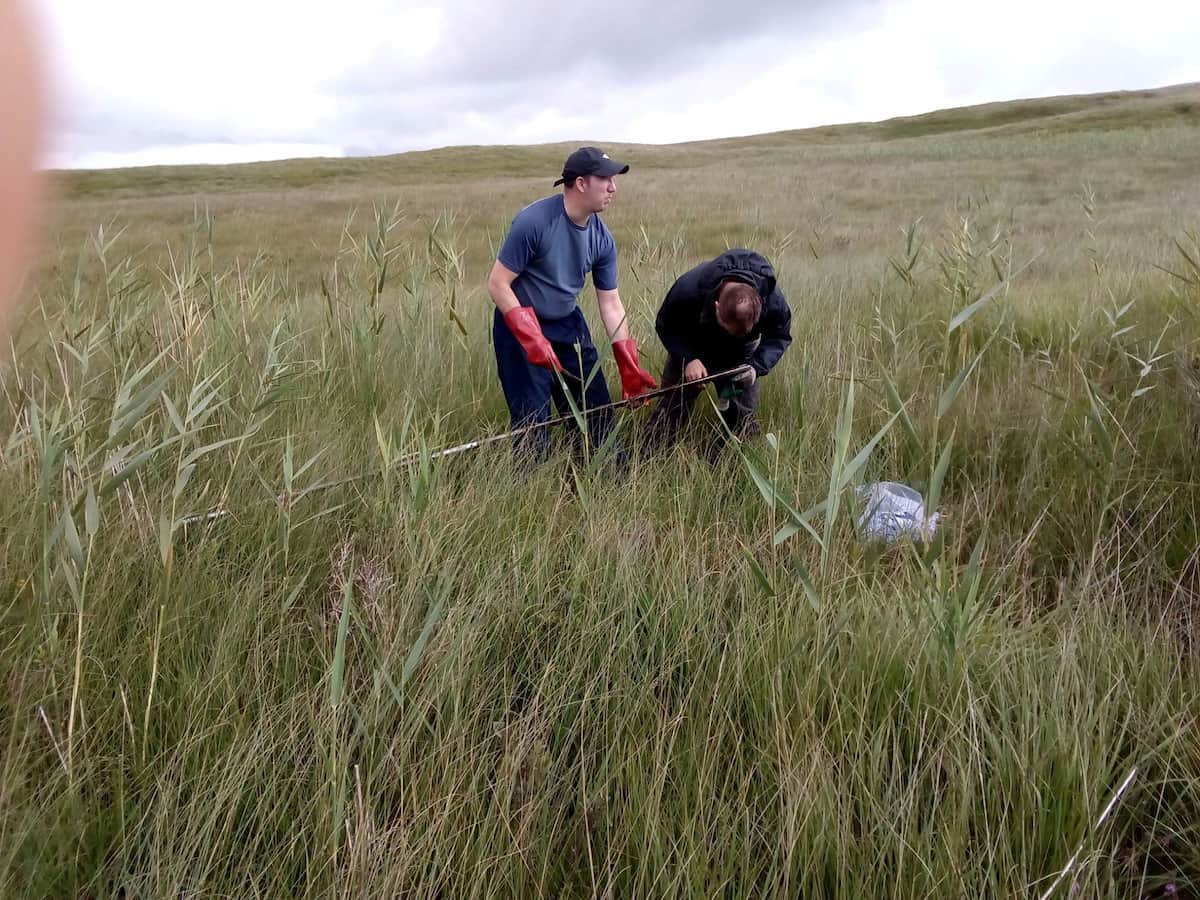
.jpg)
Photos: Boat trip from Oban to Mull and examples of peat coring on Mull
On the island of Mull sediment cores were extracted from different locations using a Russian peat corer for fossil pollen analysis. The aim was to reconstruct the vegetation history to determine the different types of native woodland that may have once been present thousands of years ago, but which are no longer present today, in order to help local communities restore the native woodland on the island.
3. Rhynie, Aberdeenshire in eastern Scotland
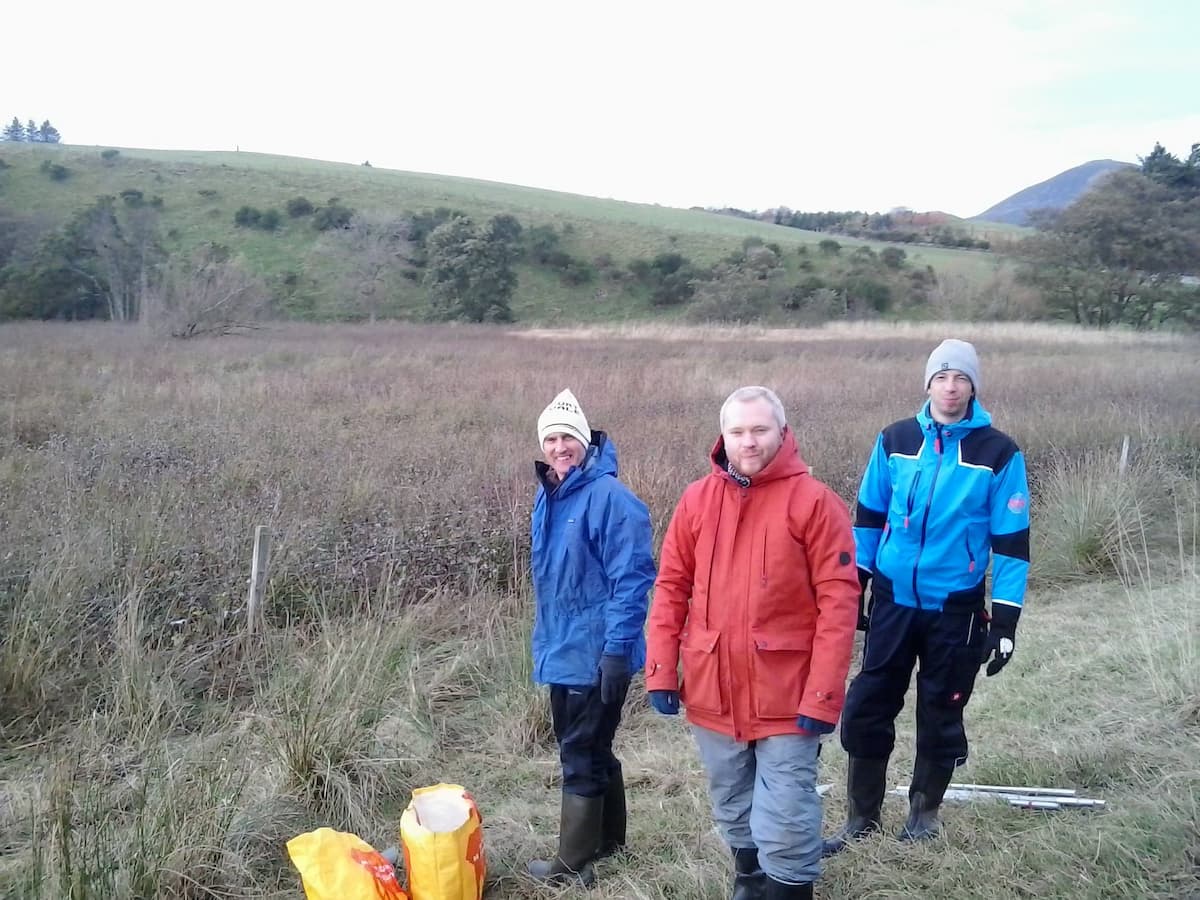
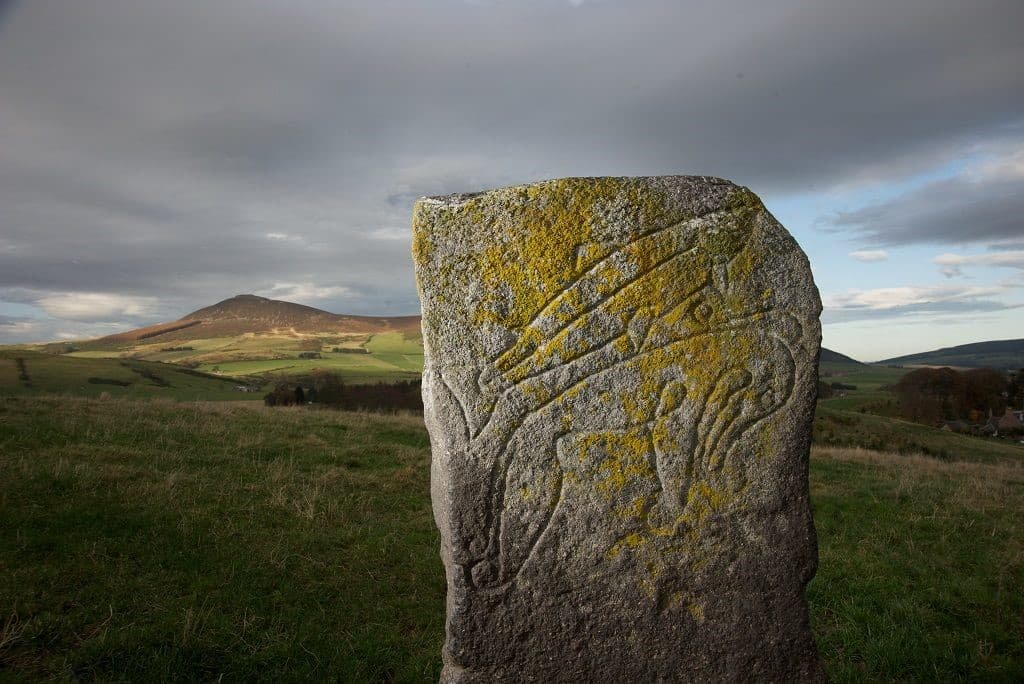
.jpg)
Photos: Photo 1 is just before climbing into a very wet valley mire to extract sediments for fossil pollen and geochemical analysis. Photo 2 - From Historic Environment Scotland - A symbol stone located next to an early Medieval Pictish enclosure. 3- Photo: Fossil pollen from Plantain (a herb)
Fieldwork was undertaken at Rhynie in Aberdeenshire, eastern Scotland as part of the 'Early Medieval Comparative Kingship project'. Sediment samples were taken from the valley mire for geochemistry and pollen analysis to investigate how environments changed as early Medieval kingdoms in Scotland took shape. The study site is located only 500 m away from a Pictish fortified settlement, on the adjacent hill 'The Craw Stane complex' occupied between the 4th to the 6th centuries AD. The investigation revealed a landscape rich in natural resources for the local inhabitants, but also a landscape used for arable and pastoral farming, and interestingly despite the settlement abandonment in the 6th century AD arable farming continued nearby until recent times.

We also maintain links with The James Hutton Institute and a range of UK and International colleagues whose interests span a variety of disciplines including:
- Archaeology
- Biology
- Chemistry
- Geology
- History
- Physics
- Scandinavian Studies
